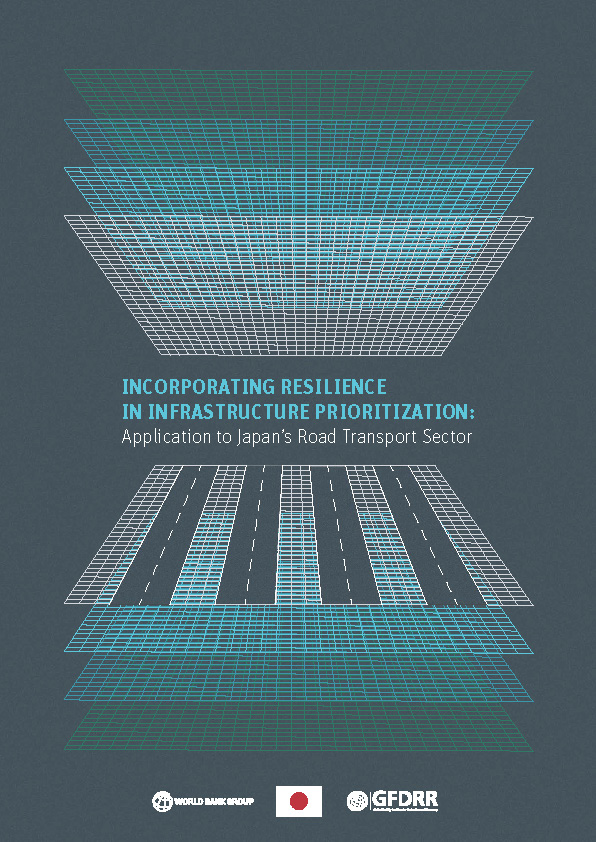Disruption of infrastructure services can cause significant social and economic losses, particularly in the event of a natural disaster. The World Bank Group and the Government of Japan established the Quality Infrastructure Investment Partnership to focus attention on the quality dimensions of infrastructure in developing countries, with a focus on promoting disaster resilience. Moreover, to support infrastructure investment decision making for sustainable and resilient development, the World Bank and Kyoto University have operationalized key resilience concepts at the project level and developed quantitative indicators capturing key aspects of infrastructure resilience related to the road transport sector.
These indicators estimate resilience, expressed as functionality loss and recovery time across four dimensions: travel time, economic benefit, provision of life-saving services, and provision of relief goods.
The paper applies indicator calculations to three case studies of proposed bypass roads in Japan and provides an example comparison of calculated indicators across the three projects for each resilience dimension. Further piloting of the approach will help refine the indicators, test their relative utility in decision making, and offer a better understanding of the data and analytical demands

